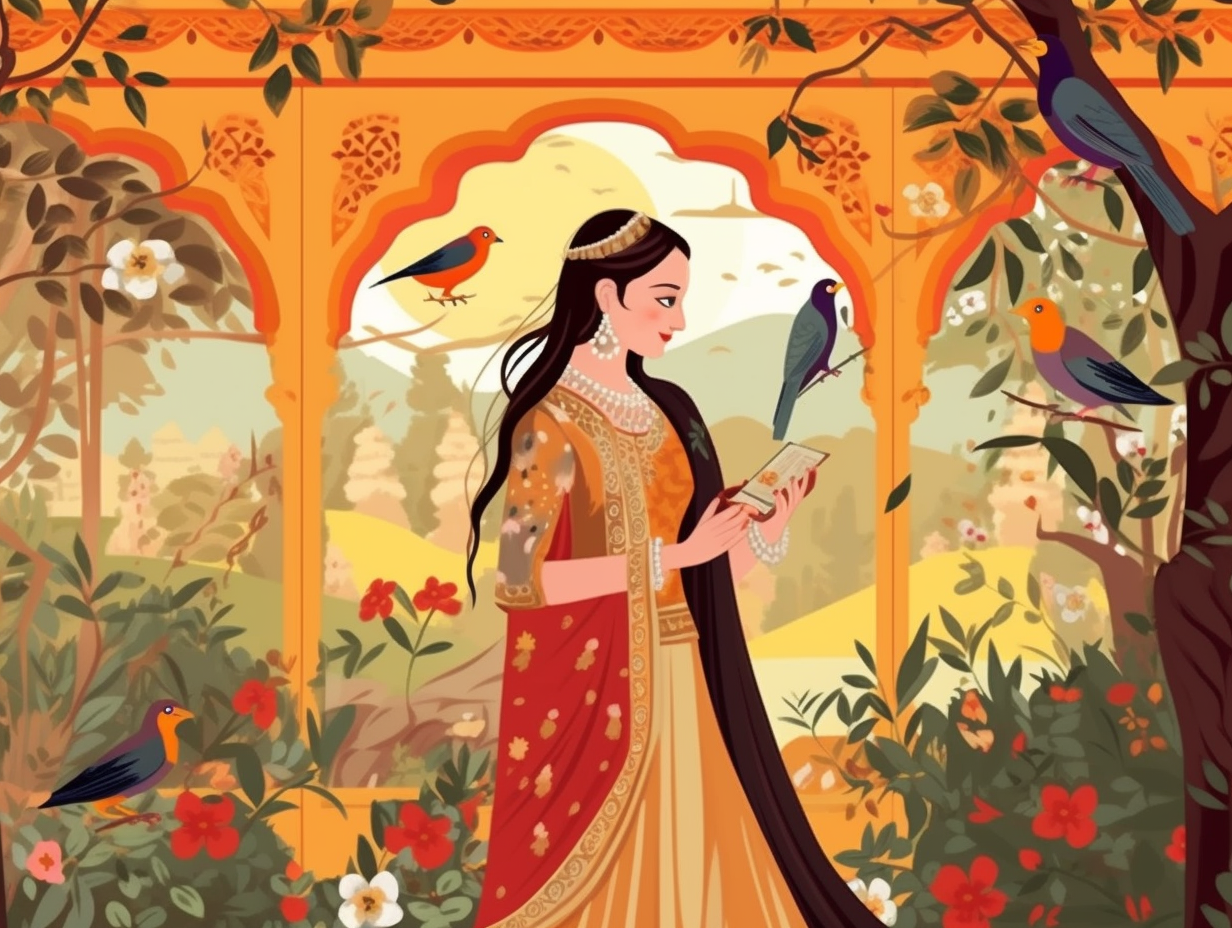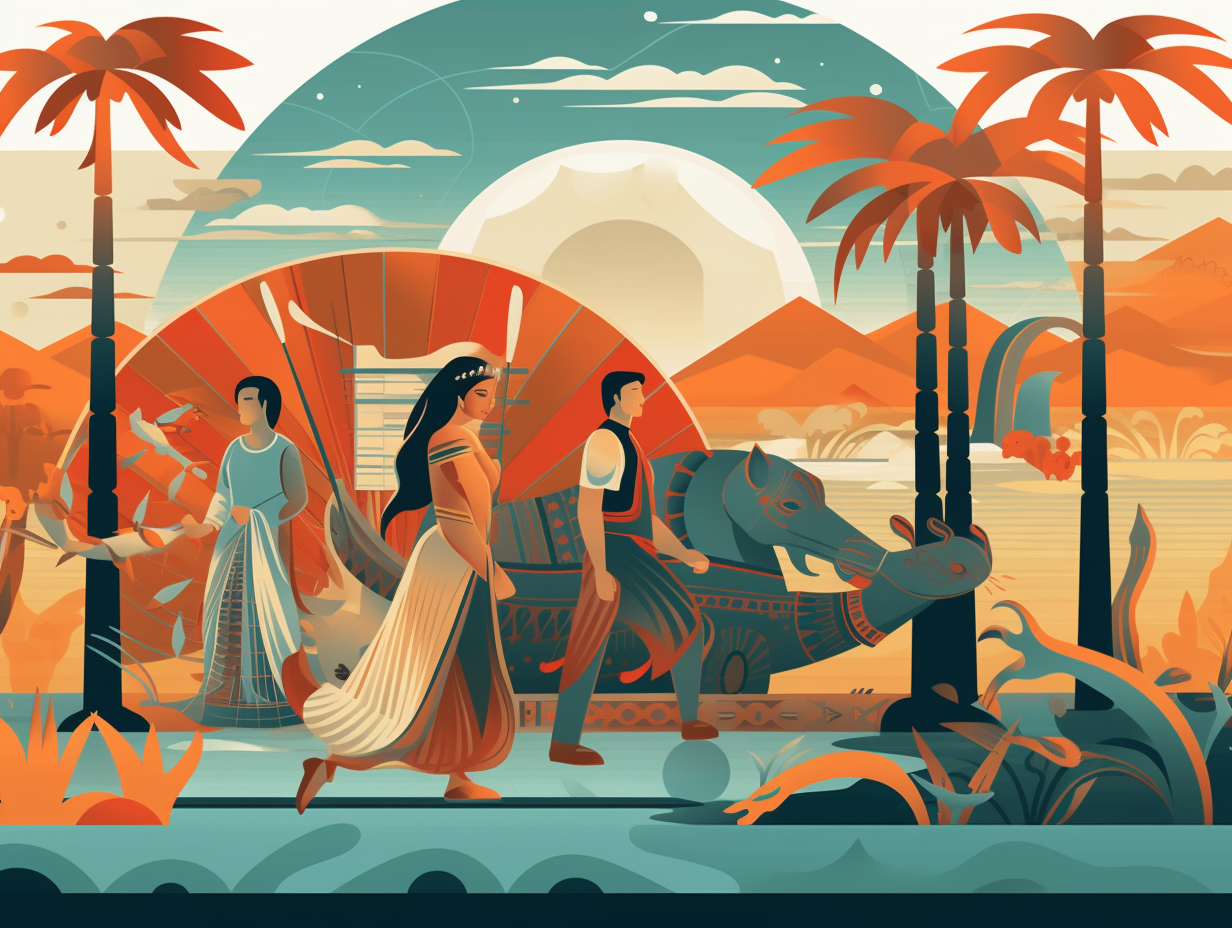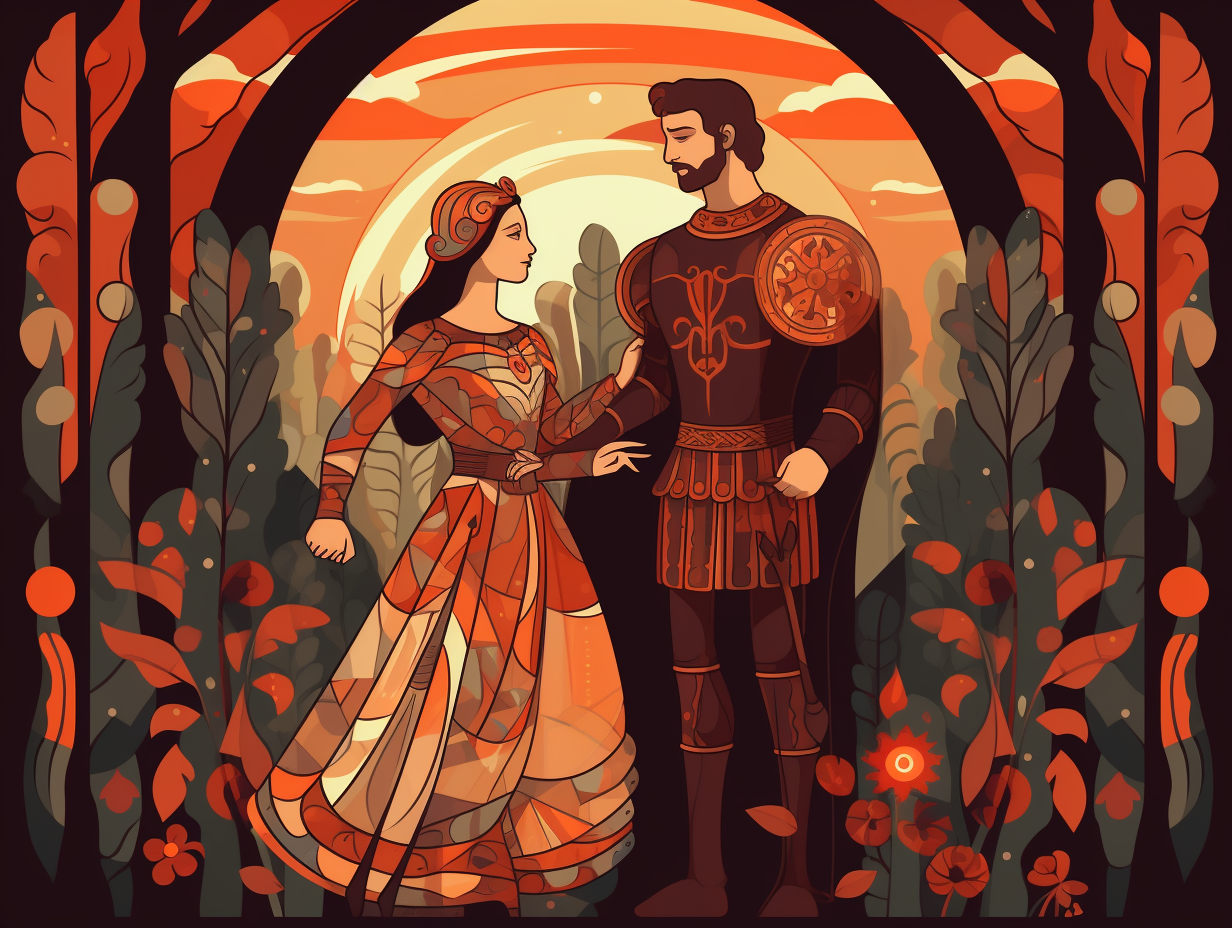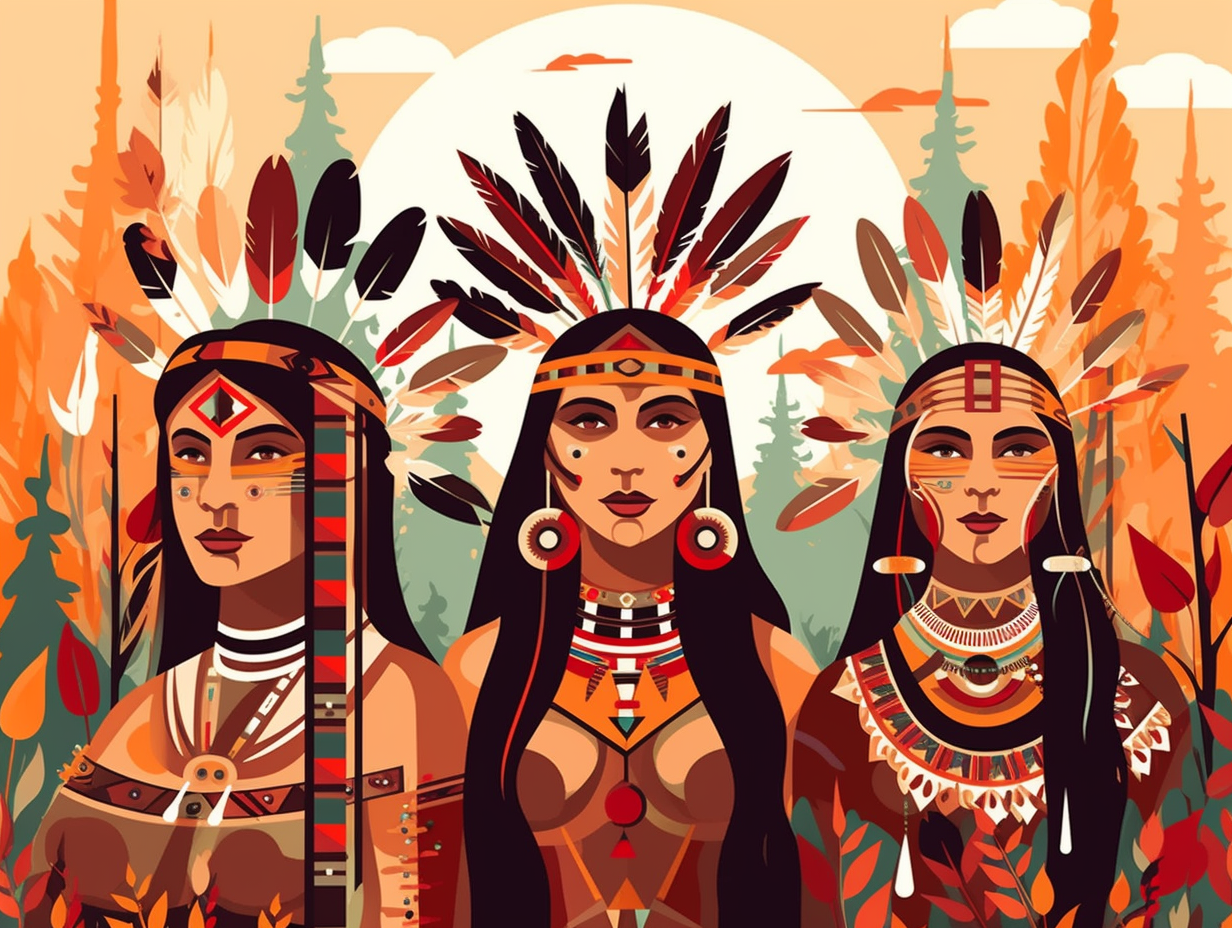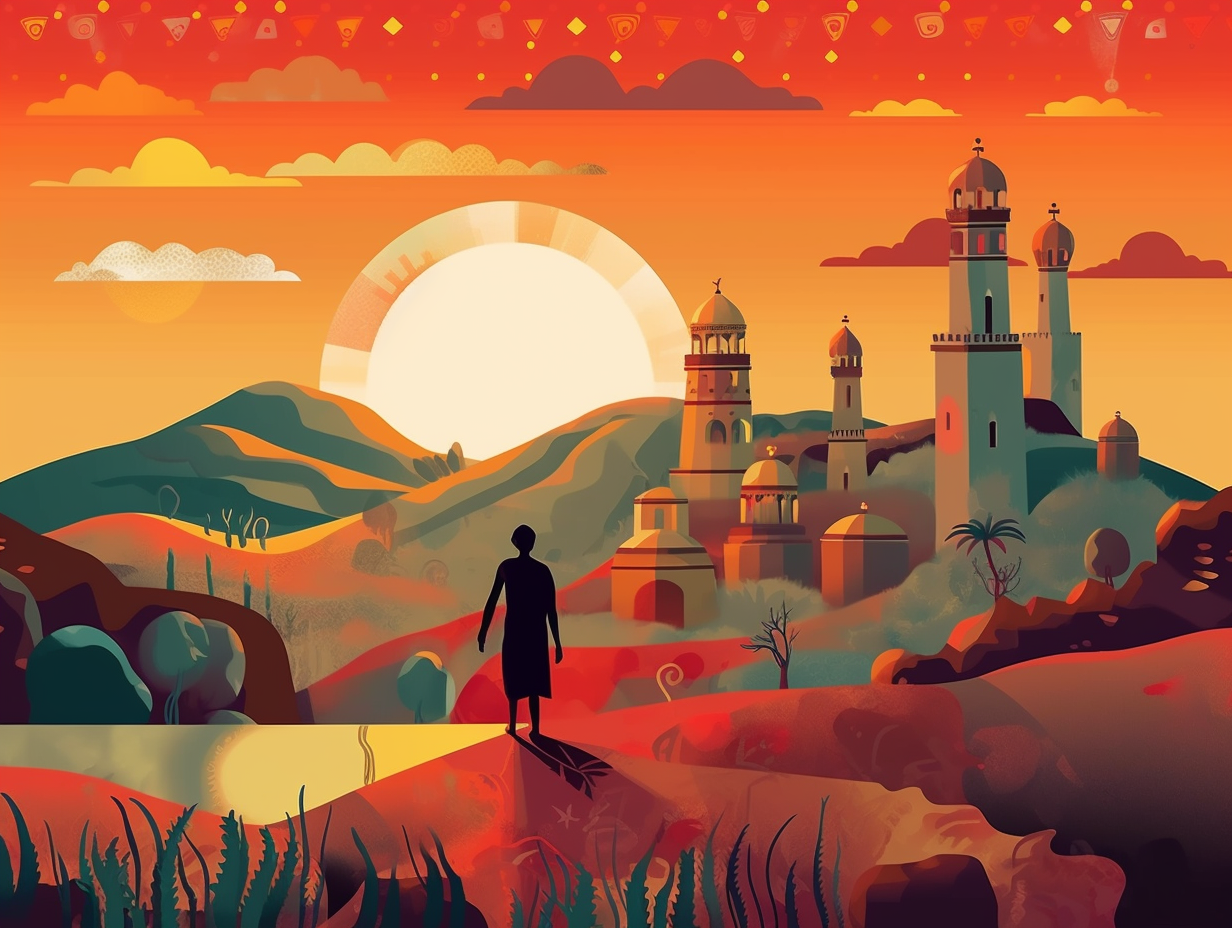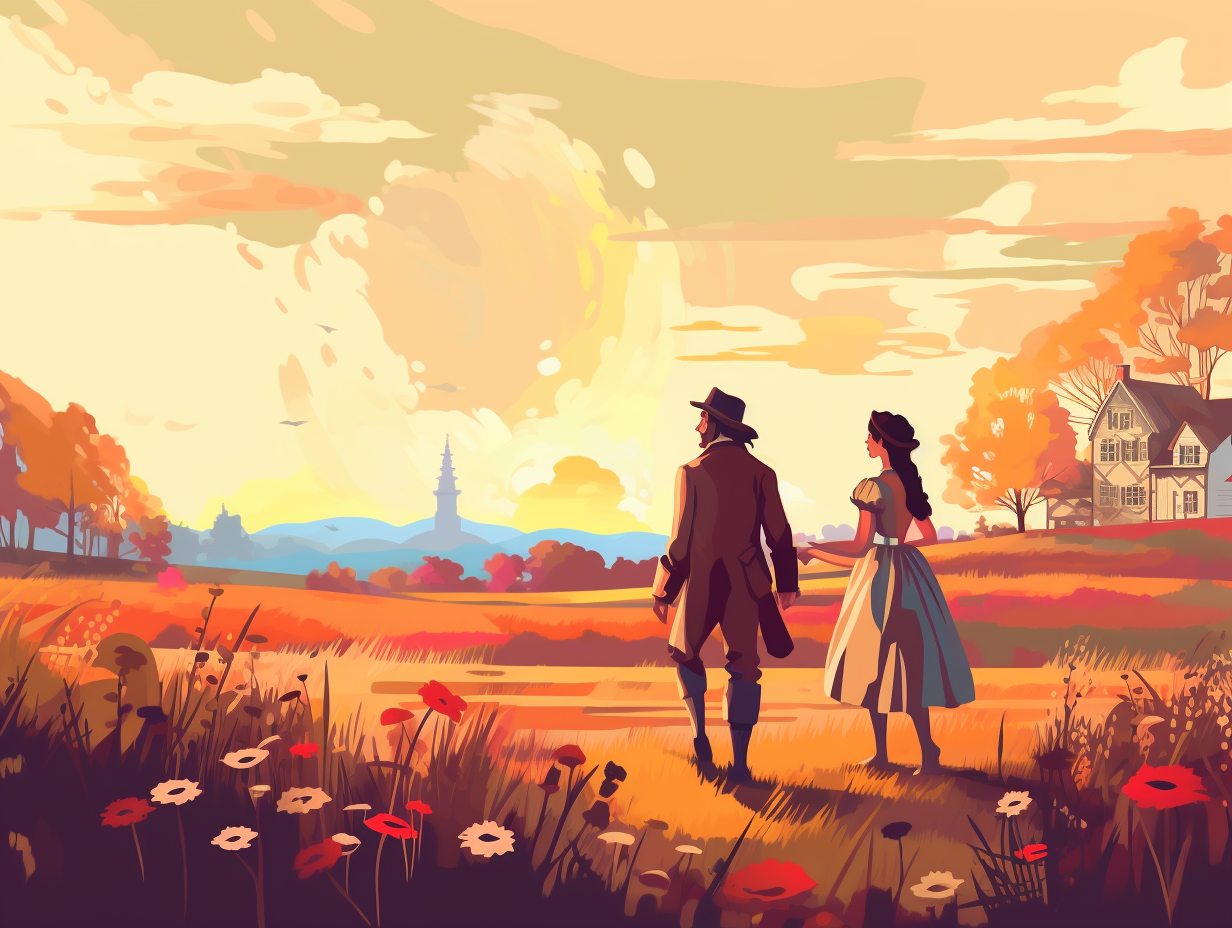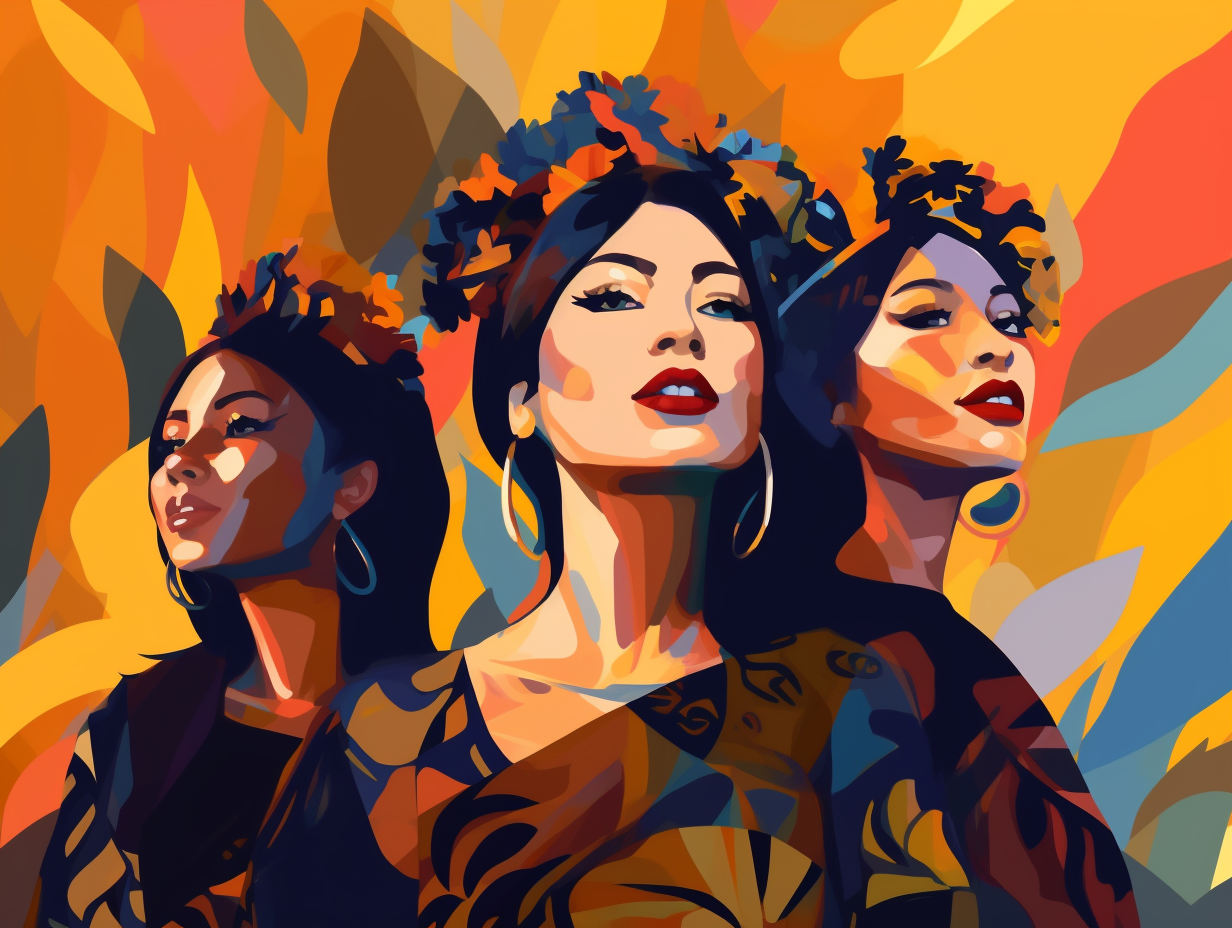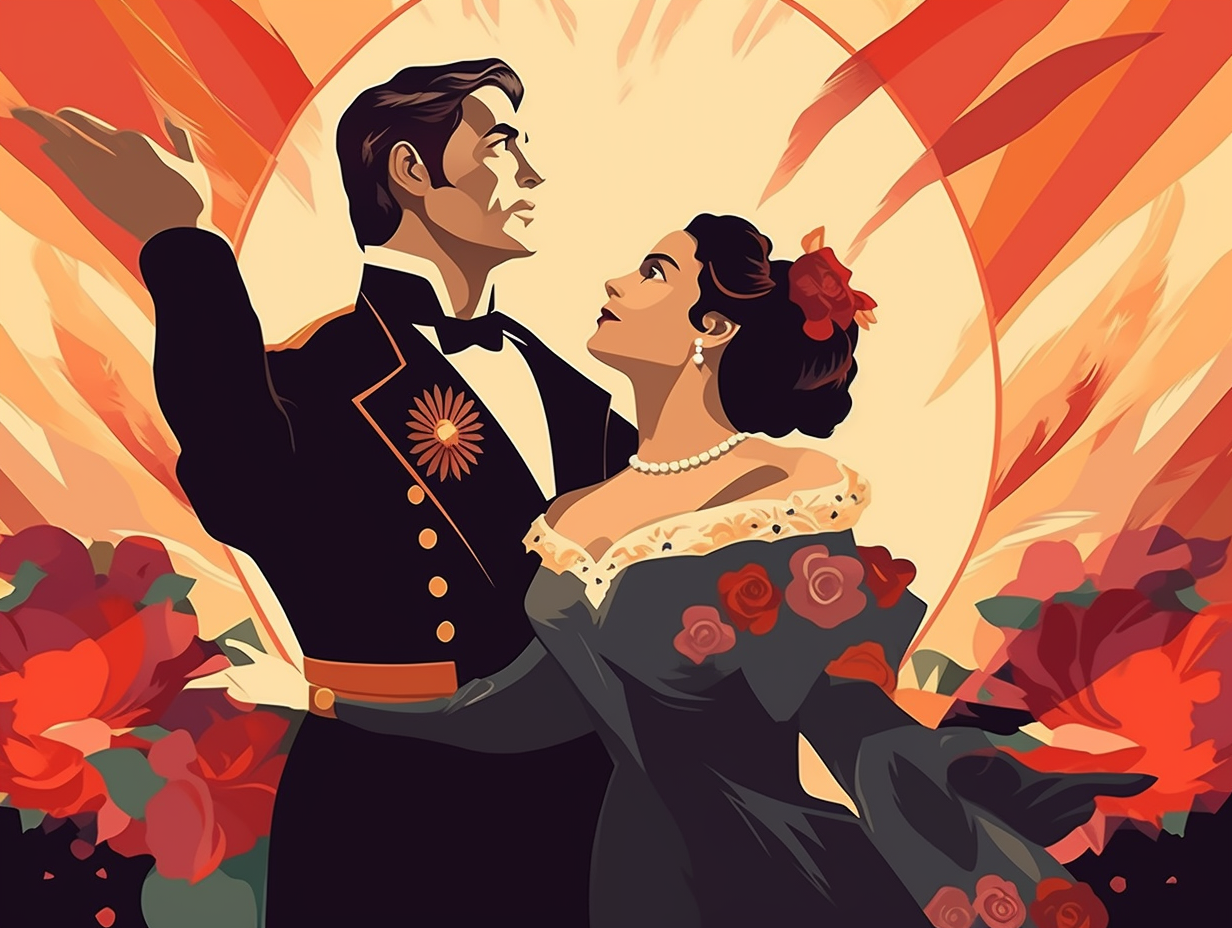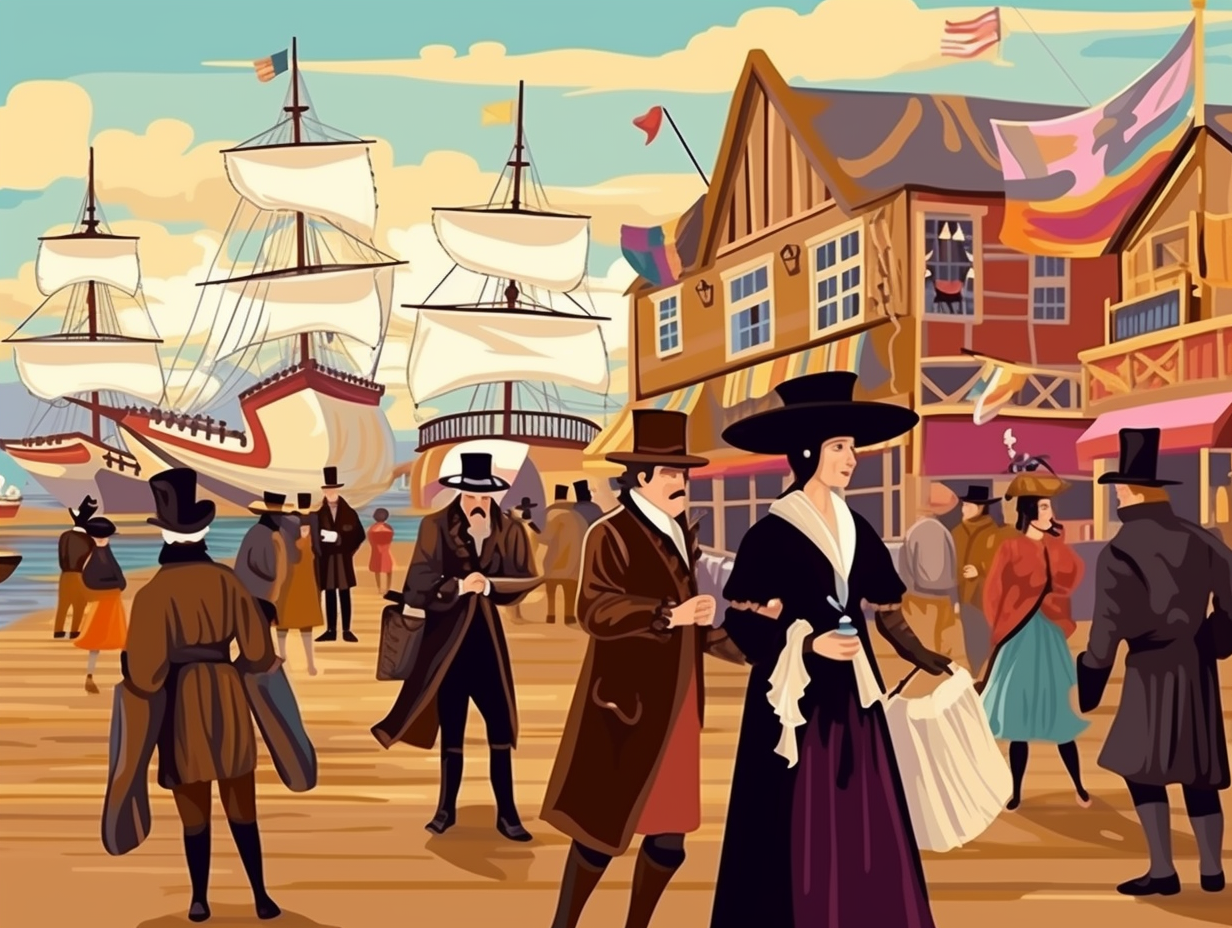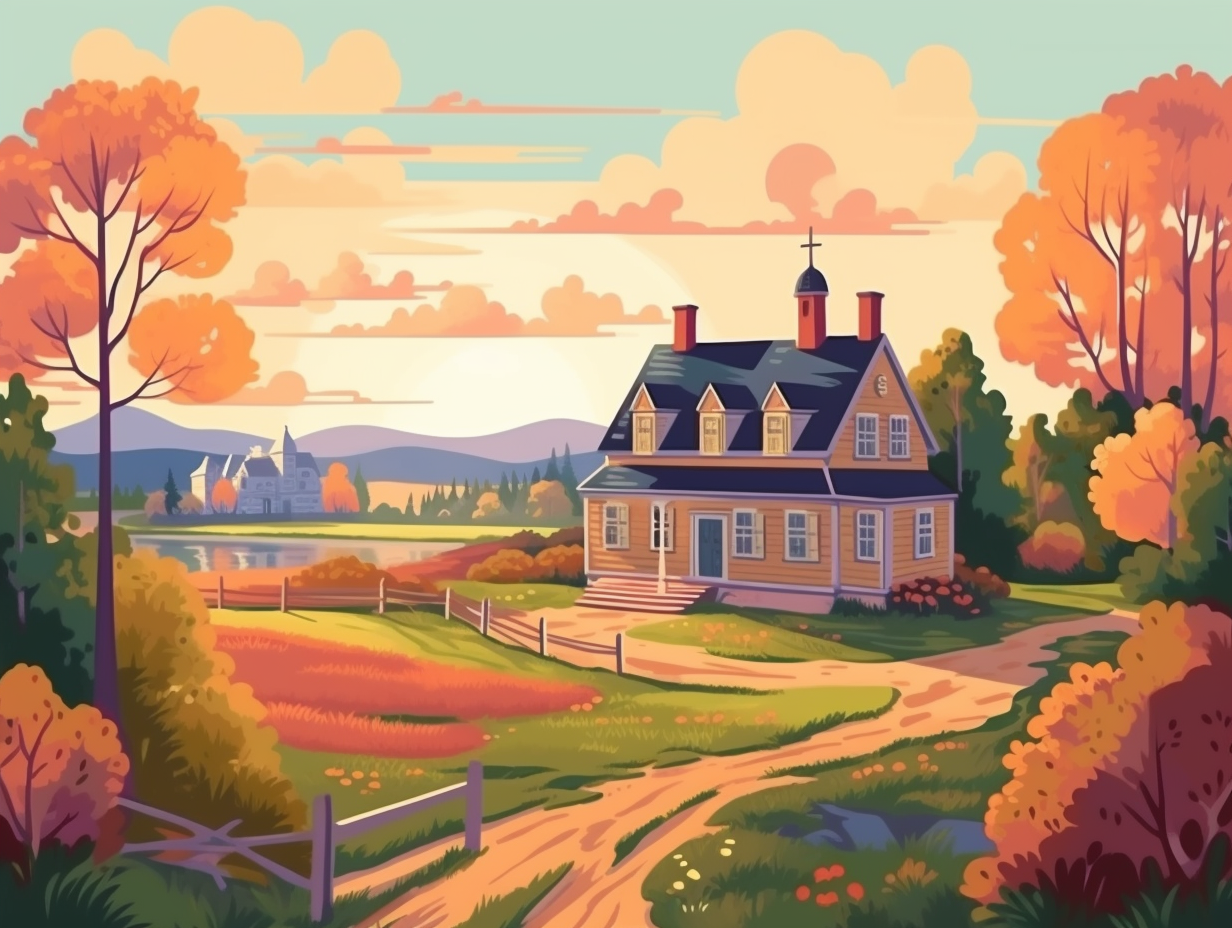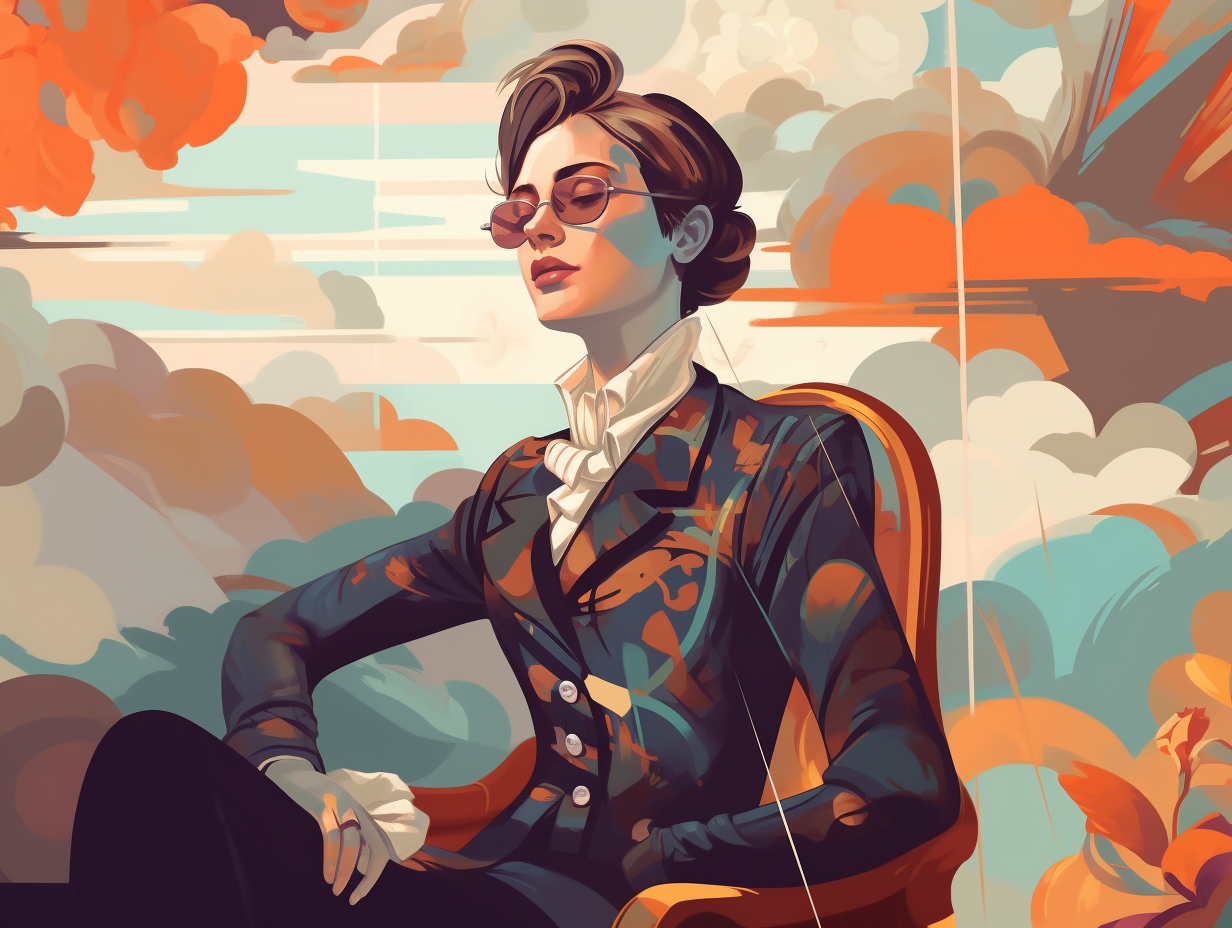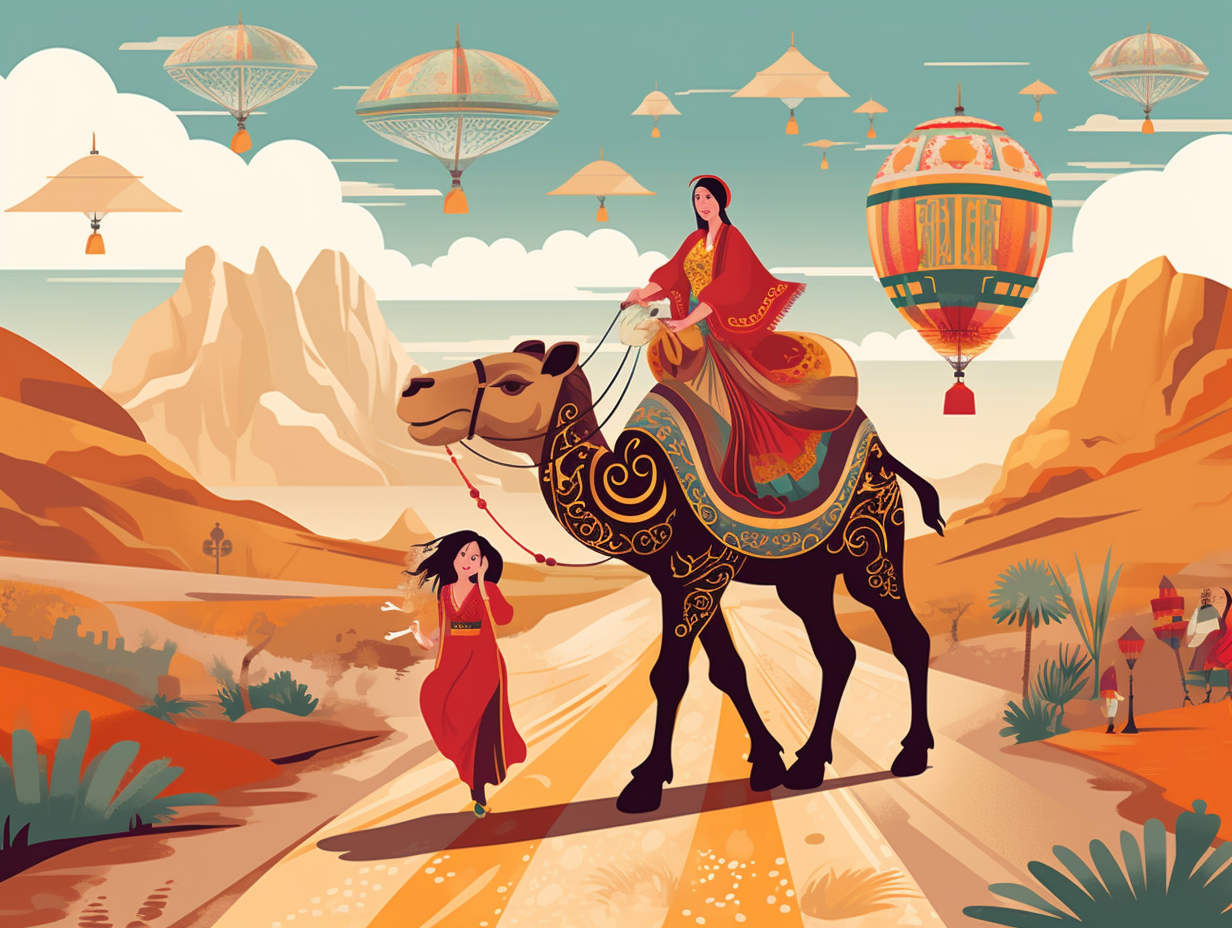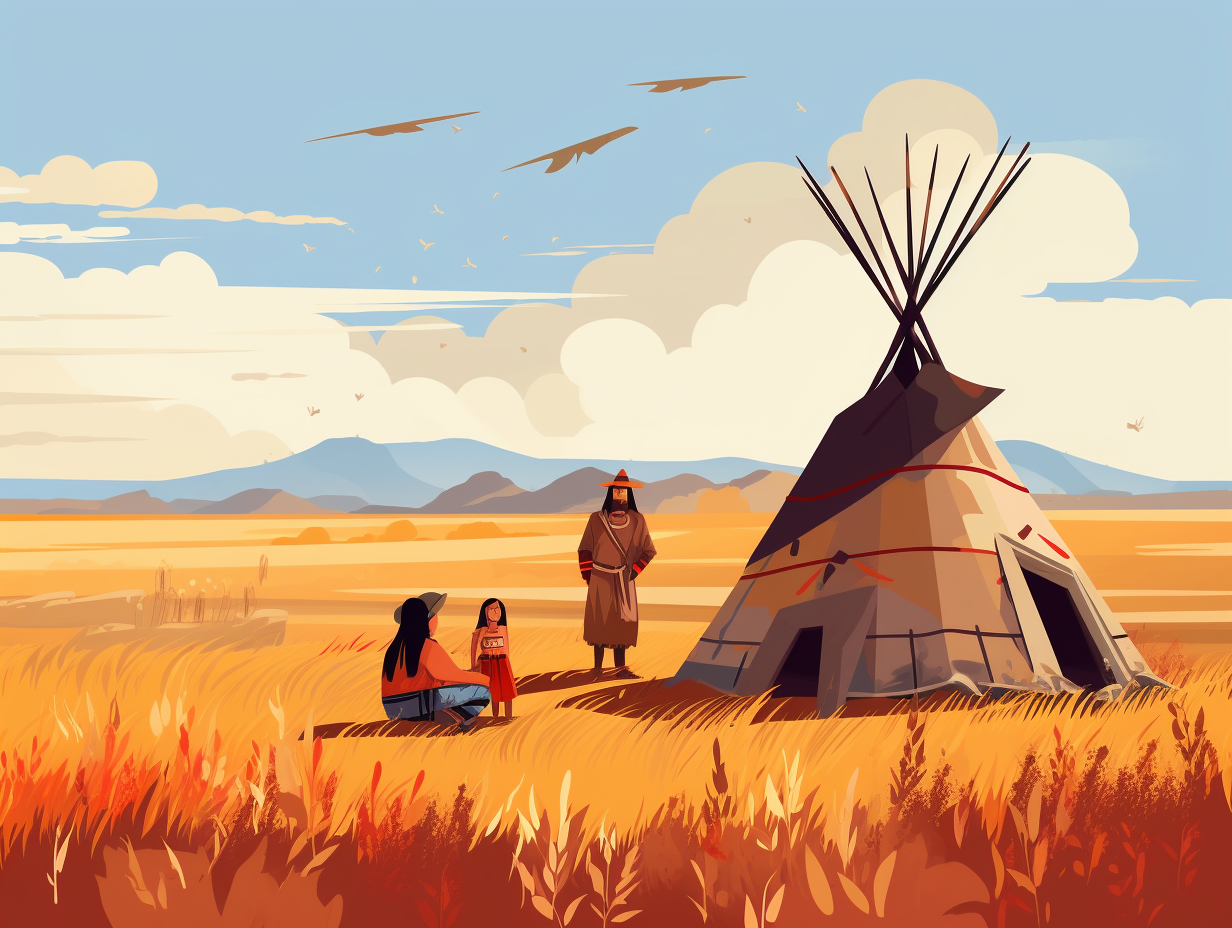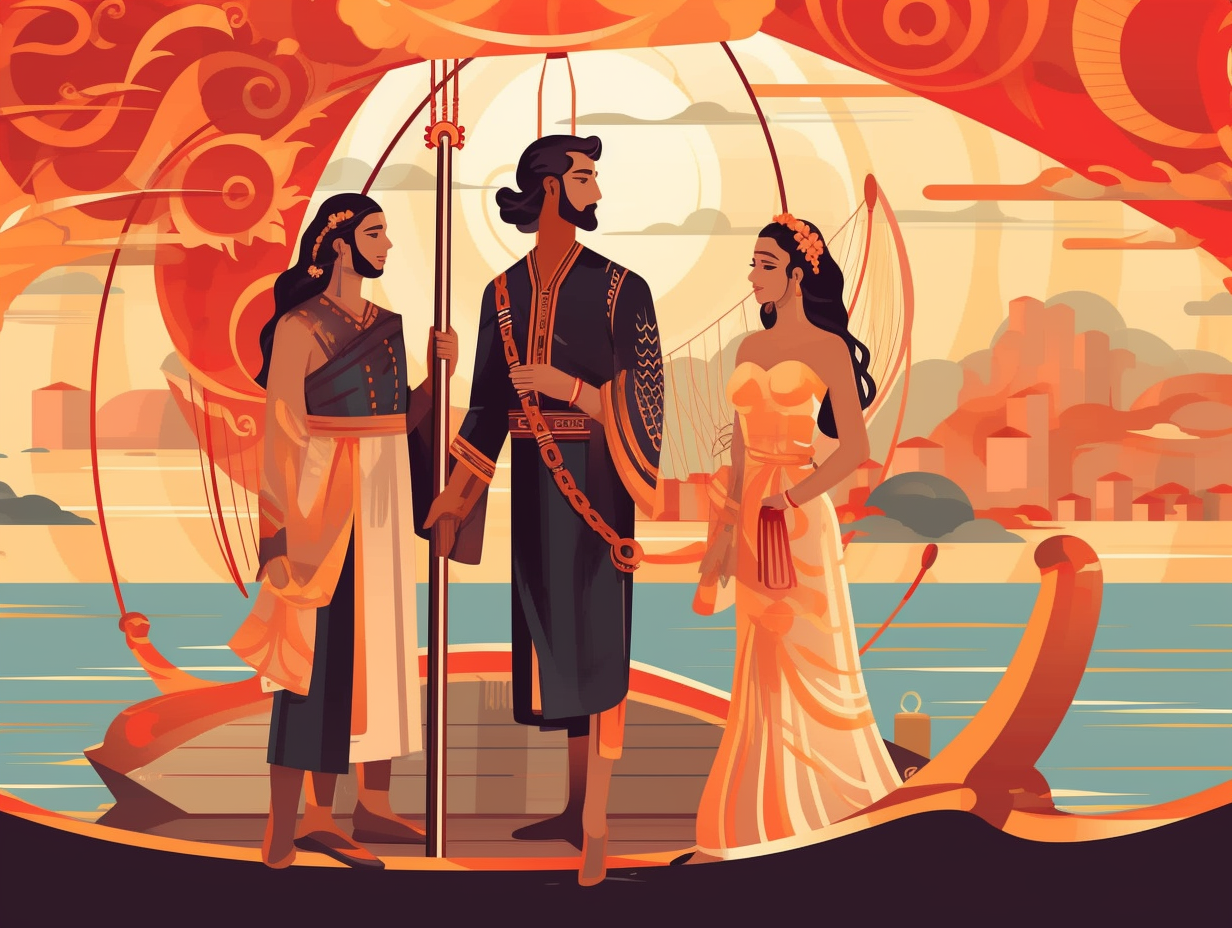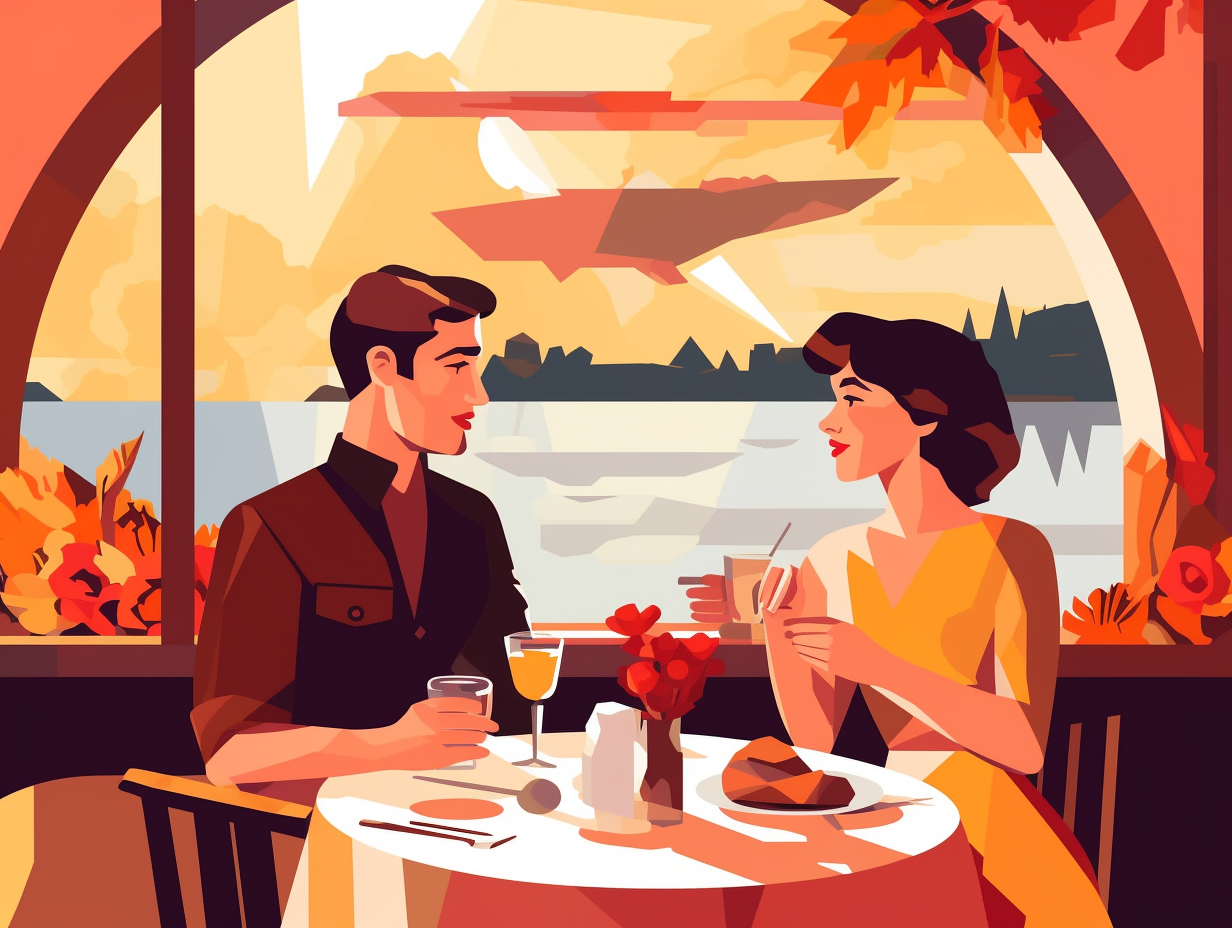Discover the Marvels of the Past: Top 8 Fun and Fascinating Facts About the Ming Dynasty

1. Giraffe-spotting, Ming Dynasty Style
With a zoo that would give Noah's Ark a run for its money, Emperor Yongle built a menagerie of giggle-inducing proportions, headlined by none other than a spotted long-necked horse from Africa – or in layman's terms, a giraffe: Accustomed to elephants and ostriches as the court's exotic guests, the Ming Dynasty emperor became besotted with his giraffe, having it painted as a qilin – a mythical creature seen as a harbinger of luck – and inadvertently turning it into a symbol of Afro-Sino cultural exchange during the era.
Source => smithsonianmag.com
2. Sticky Rice Mortar Magic
They say laughter is the best mortar, but in ancient China, they had a rice one: during the Ming Dynasty, sticky rice was mixed with slaked lime to form a weather-resistant paste that was used to hold bricks together in historical constructions like the Great Wall, tombs, and pagodas. This inorganic-organic composite mortar was strong enough to withstand earthquakes and even modern bulldozers, and its natural adhesive properties meant that not even weeds could wiggle their way in between the bricks.
Source => en.wikipedia.org

Did you know that blue-and-white porcelain from China's Yuan Dynasty was a highly valued trade item? Discover how Jingdezhen became the center of porcelain production and its unique connection to the Near East.
=> Fun Facts about The-Yuan-Dynasty
3. A Royale Blue Porcelain Obsession
Porcelain so fine, kings and queens were left blue with envy: During the Ming dynasty, China saw groundbreaking advancements in ceramic technology, leading to the famed blue and white porcelain that became highly sought after by the imperial court for its beauty and quality. The Porcelain Tower of Nanjing was even constructed using white porcelain bricks during this time as a display of their unmatched skill in porcelain production.
Source => thepeakmagazine.com.sg
4. Ming Dynasty's MTV Cribs
Behold the ultimate crib from ancient China: imagine MTV Cribs featuring the Forbidden City with a blinged-out emperor leading the tour! Nestled in the heart of Beijing, this swanky pad was once home to 24 emperors who practically ruled the roost (and the nation): From 1368 to 1644, the Ming Dynasty boasted the world's largest palace complex, sprawling over 180 acres of grandeur. Today, it's a UNESCO World Heritage site and a hot tourist spot for those wishing to catch a glimpse of Imperial luxury.
Source => wehc2022.org
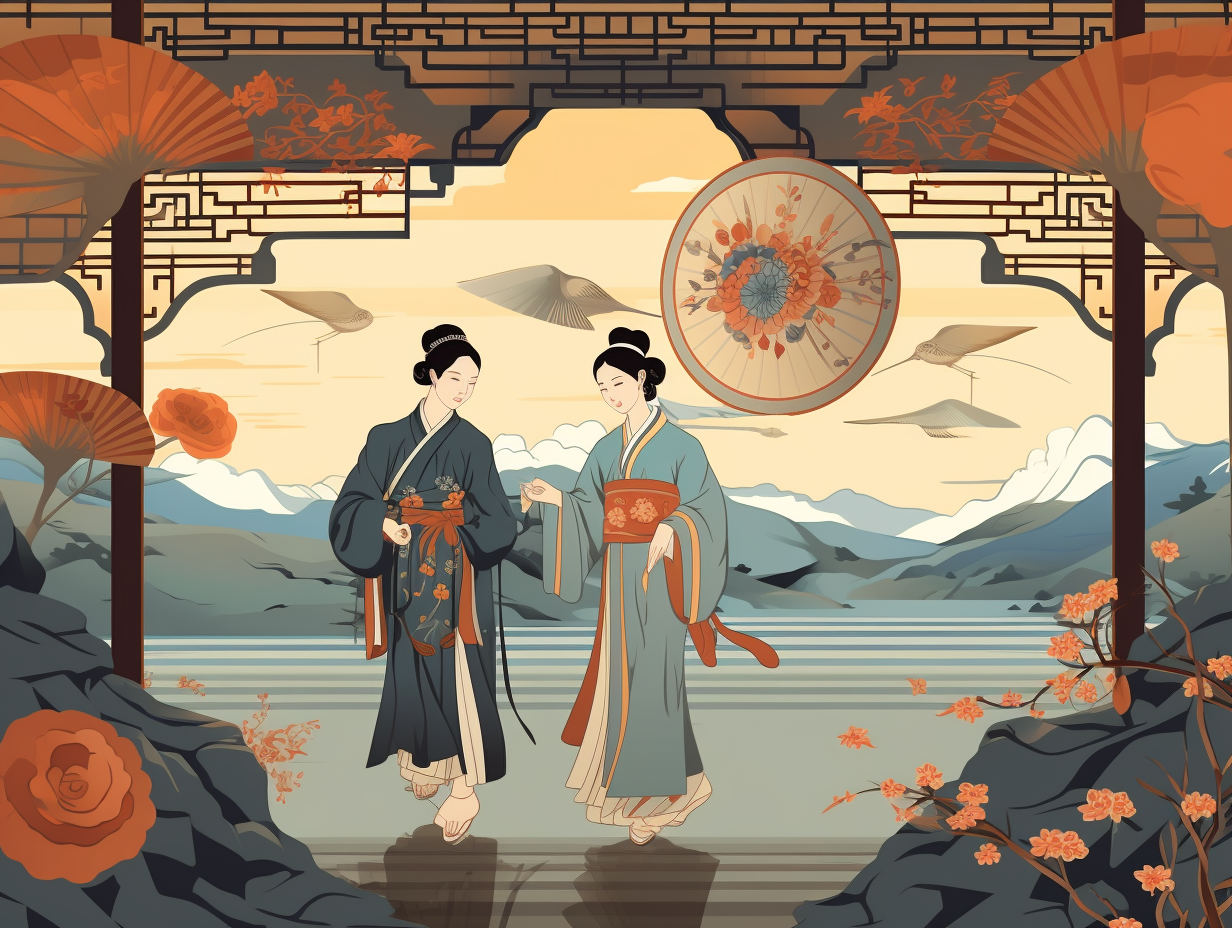
5. Currency Catastrophes of the Ming
Who needs banks when you can create your own currency, am I right? The Ming Dynasty were the OG money printers with an interesting twist: During the Ming Dynasty, copper-alloy cash coins reigned supreme, but became oversaturated with forgeries, leading to devastating inflation. To fix this pickle, the Jiajing Emperor mass-produced Zhiqian cash coins in 1527, only to crash the market even more - eventually resulting in silver ingots taking the lead and old Ming coins being melted into fresh, shiny Qing dynasty currency.
Source => en.wikipedia.org
6. Glamping with the Liao Dynasty Elite
Who needs the Forbidden City when you can rule from the comfort of your own tent? The Liao Dynasty was giving a homey, nomadic twist to the royal lifestyle way before glamping became cool: Surprisingly, they still managed to create the 65-meter tall Yingxian Pagoda, the oldest surviving wooden Buddhist pagoda in China and one of the tallest timber structures globally. Despite this, they're often left out of history books due to their preference for tents over grand timber-framed halls like those seen in the Ming Dynasty's Forbidden City.
Source => independent.co.uk
7. Emperor Xuande's Artistic Paws
Who let the dogs out? Emperor Xuande, that's who! Unleashing some serious kung-fu on the ancient art scene, this Ming ringmaster was all about that paintbrush pizzazz: As the only Ming emperor with genuine artistic talent, Emperor Xuande was known for his exceptional skill in painting animals, and some of his masterpieces can still be admired in museums in Taipei and Cambridge, Massachusetts. Talk about painting history!
Source => en.wikipedia.org
8. China's Overflowing Office Space
Ever wondered why job fairs wouldn't last long in ancient China? There was a surplus of professional pen-pushers and not enough chairs at the bureaucratic conference table: During the Ming Dynasty, the imperial examination system produced an overwhelming number of basic degree holders (shengyuan), creating an excess pool of candidates who were left without opportunities in administrative offices. Critics in the late 19th century even partly blamed this system for the stifling of science and technology in China. Nevertheless, it left a lasting legacy in the civil service systems of Japan, Korea, the Ryukyu Kingdom, and Vietnam.
Source => en.wikipedia.org
Related Fun Facts

